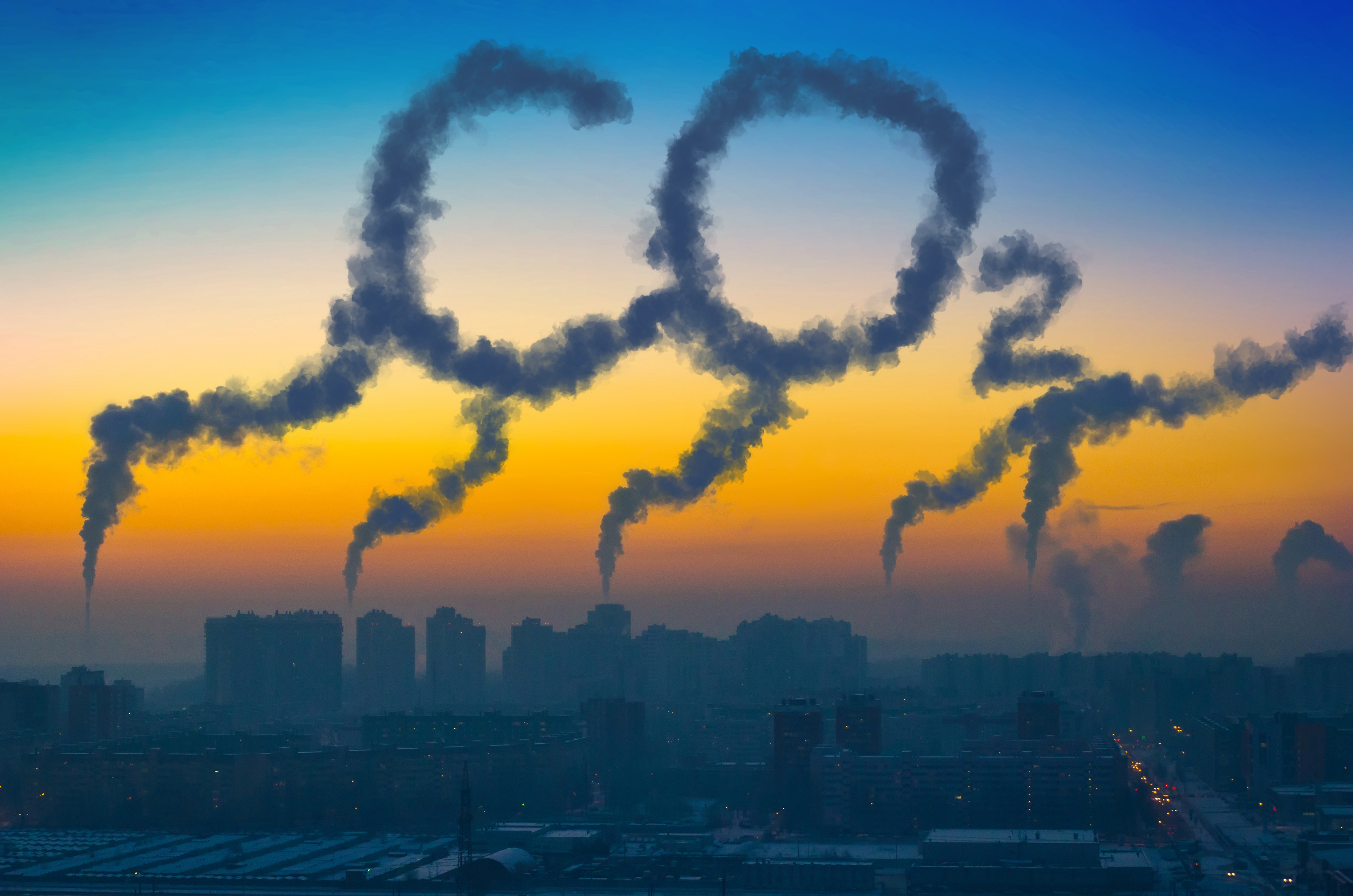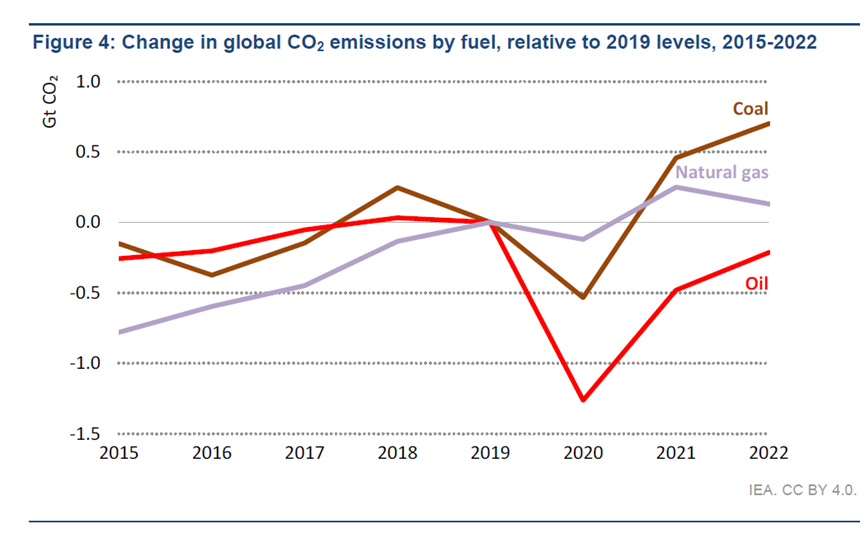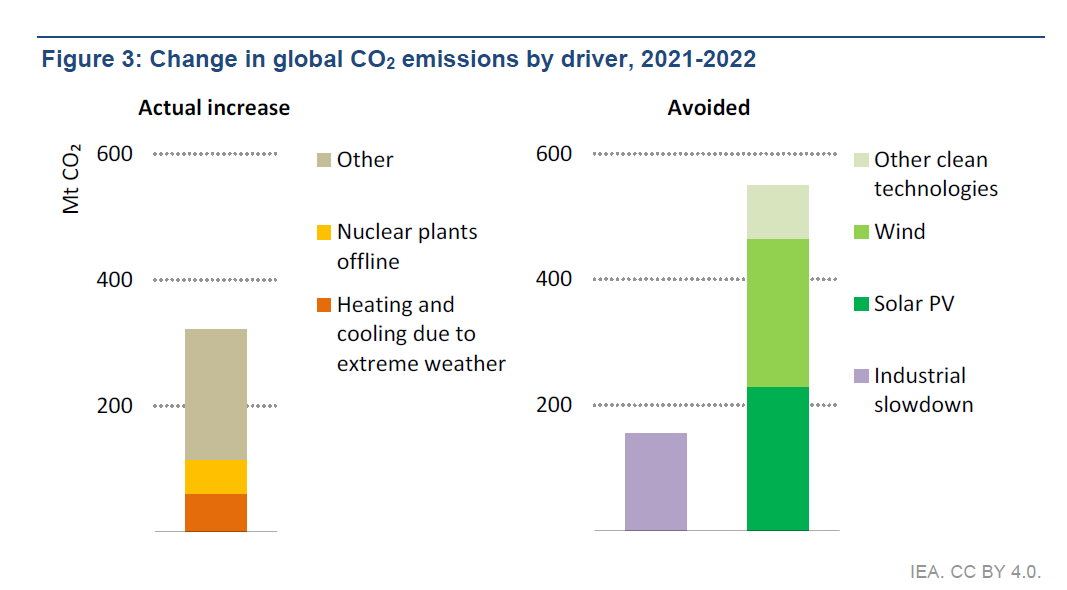 Global energy-related carbon emissions continued to rise last year.
Global energy-related carbon emissions continued to rise last year.
Climate rebound, coal resurgence, and aviation industry revival: Three major factors driving carbon emissions upward The analysis report finds that the main culprit behind the global rise in carbon emissions is energy-related combustion emissions, with extreme weather being one of the primary causes. Last year witnessed record-breaking heatwaves and cold spells worldwide, leading to a significant increase in the demand for cooling and heating, resulting in higher carbon emissions.
Furthermore, the aviation industry experienced a substantial recovery in 2022, with air travel bouncing back to pre-pandemic levels. As a consequence, aviation emissions soared, reaching nearly 80% of the 2019 levels. The report shows that carbon emissions from fuel increased by 2.5% in 2022, with half of that attributed to the aviation sector.
What about natural gas? Did its usage decrease due to the Russia-Ukraine war, leading to a reduction in carbon emissions? Data indicates that natural gas emissions did indeed decrease by 1.6% compared to the previous year. However, due to the rising prices of oil and natural gas, many countries turned to cheaper coal instead, resulting in a 1.6% increase in coal emissions last year. This means that the increase in coal emissions (243 million tons) not only offset the reduction in natural gas emissions (118 million tons) but also surpassed it. the total emissions of many other countries.
 While natural gas emissions decline, both coal and oil carbon emissions are on the rise. (Image source: IEA)
While natural gas emissions decline, both coal and oil carbon emissions are on the rise. (Image source: IEA)
Industrial production reduction and widespread adoption of clean energy: The driving forces behind curbing carbon emissions Now, let's take a look at the heroes in carbon reduction. Firstly, China's economic slowdown due to pandemic measures led to reduced industrial production, such as cement and steel, further lowering overall industrial emissions. Secondly, solar and wind power played a crucial role, helping the power sector avoid emitting 465 million tons of carbon. Additionally, the application of other clean energy technologies, such as electric vehicles and heat pump systems, successfully reduced carbon emissions by 85 million tons. The IEA emphasizes that without the increased adoption of these technologies globally, annual energy-related emissions could grow nearly three times higher.
 The expansion of clean energy has helped curb a significant amount of carbon emissions. (Image source: IEA)
The expansion of clean energy has helped curb a significant amount of carbon emissions. (Image source: IEA)
Notably, the European region witnessed rapid growth in wind and solar power generation, surpassing gas and nuclear power generation for the first time last year. As a result, the region's overall carbon emissions not only remained unchanged but also decreased by 2.5%. This signifies that while the European Union had to reconsider coal usage, they simultaneously expanded the scale of renewable energy to drive low-carbon transformation.
However, it is regrettable that emerging economies in Asia experienced a more severe "coal addiction" than any other region, with carbon emissions increasing by 4.2%, with over half of it coming from coal-fired power generation. Although the energy crisis seems to accelerate the green transition, this narrative does not yet apply universally.

The International Energy Agency (IEA) released a report assessing the carbon emissions in 2022 (Image source: IEA)

















